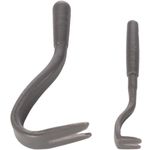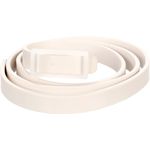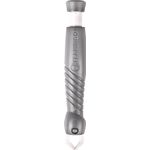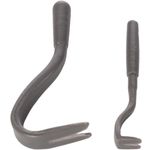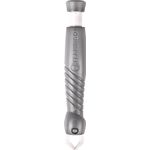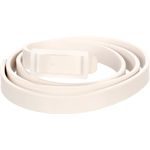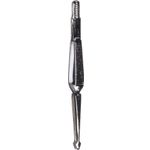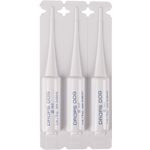Safe tick protection for your pet

A pair of tick tweezers
Using tick tweezers makes it less likely that any part of the tick remains attached to your pet’s skin. In addition, the tick tweezers ensure that you don’t squash the tick, which reduces the risk of infection.

Sufficient light

Tasty snacks

A jar with lid
Step 1
Step 3

Step 4
Step 5
Step 6
Step 7
What to do after you’ve removed the tick?

Are ticks dangerous to my pet?
How to protect your pet from ticks?


Lyme disease
1 out of 5 ticks carries Lyme disease. This is also the disease that ticks most often transmit to humans and animals.
If your loyal pet is infected with Lyme disease, it will initially suffer from loss of appetite and a slightly elevated body temperature. At this moment, everything seems to be fine. But weeks or even months later, the typical symptoms of Lyme disease such as arthritis and lameness appear. Some pets may also develop kidney problems.
Lyme disease is treated with antibiotics. However, it’s not always possible to kill all the bacteria in the animal's body, so a relapse is always possible.













